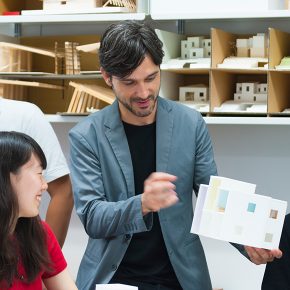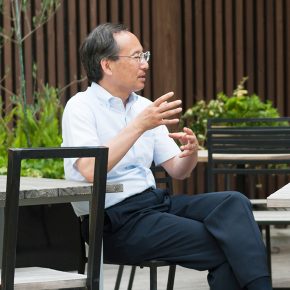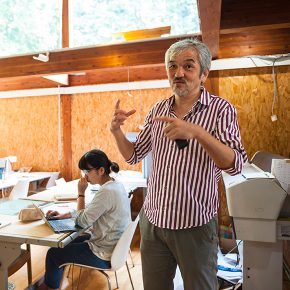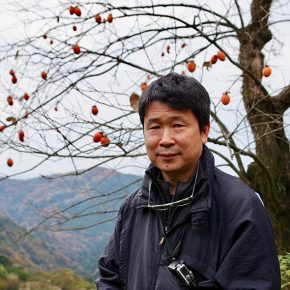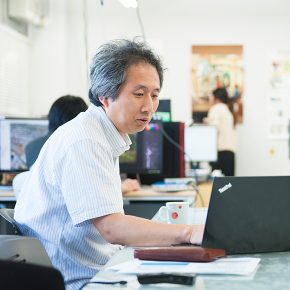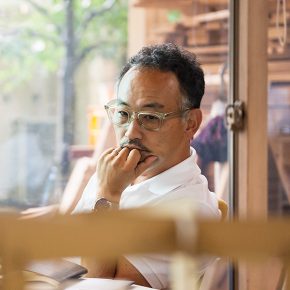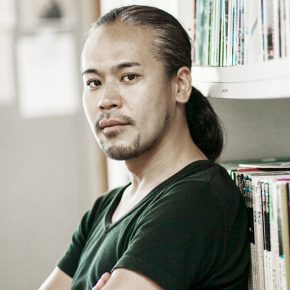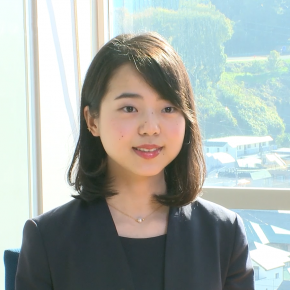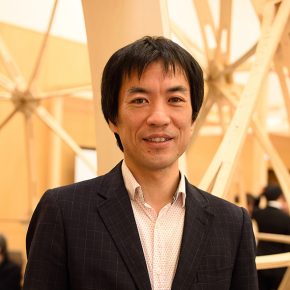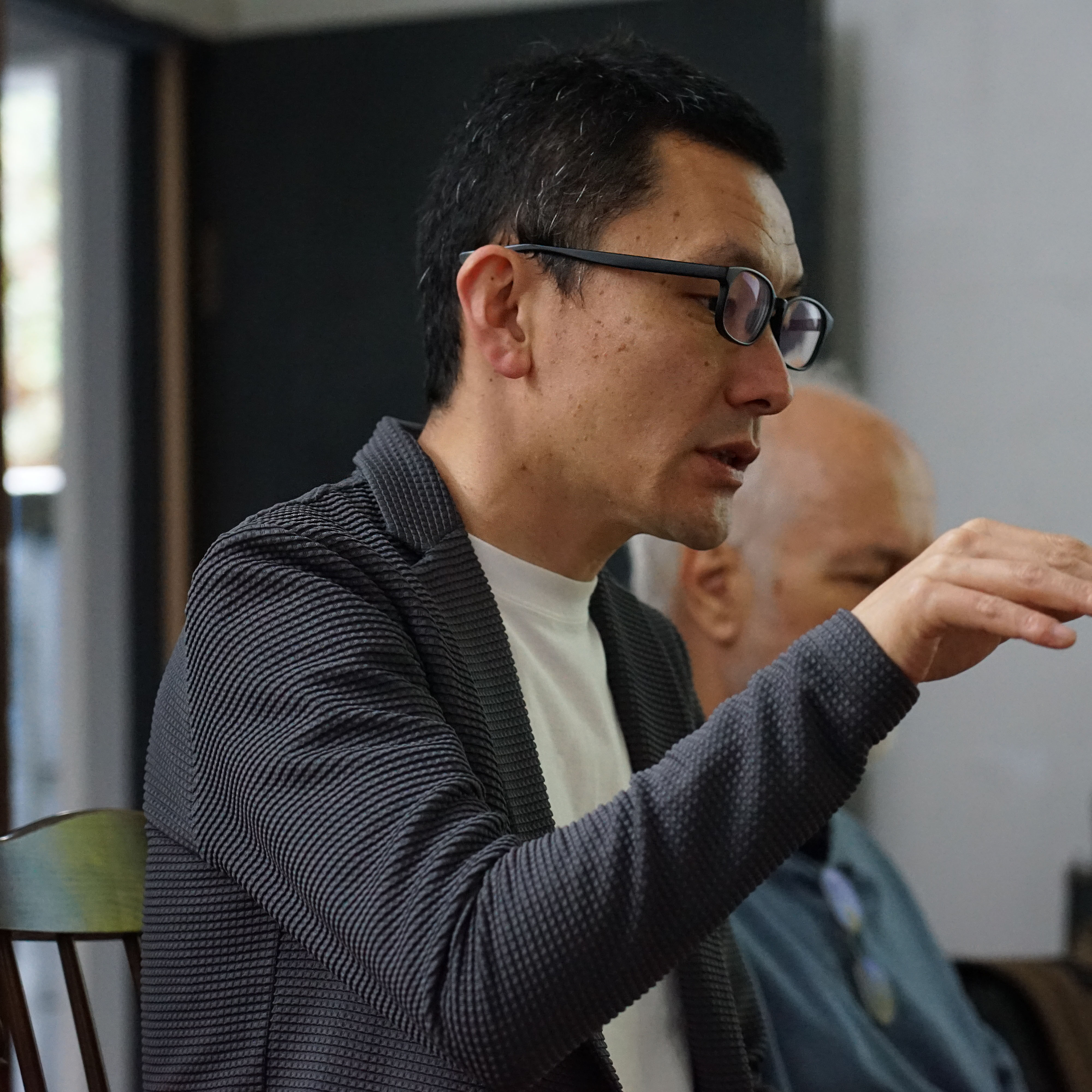
From Architecture at Keio University
To Keio Architecture, 慶應アーキテクチャ
Around the last three decades, teaching and research in the fields of architecture and urban design and planning at Keio, the oldest university in Japan,have grown at Department of System Design Engineering, Faculty of Science and Technology and Center for Space and Environment Design Engineering, School of Science for Open and Environmental Systems, Graduate School of Science and Technology at Yagami Campus, and Faculty of Environment and Information Studies, Faculty of Policy Management, and Graduate School of Media and Governance at Shonan Fujisawa Campus (SFC), to a set of discrete, popular and sought-after research laboratories, courses and programmes with an ever-increasing national and international recognition.
The arrival of architecture and urban design to Keio and its development were marked by three overlapping periods. The last decade of 20th century was the period of inauguration of studies of built environment in Yagami Campus and SFC. Founders of the architecture and urban design and planning study programs at Keio are Shigeru Ito and Fumihiko Maki (SFC), Shuzo Murakami (Yagami) and other renowned professors who established the base of Keio Architecture. The second period is in the next decade of the beginning of 21st century heralded by introduction of a number of dedicated laboratories at the two campuses, including those of the practitioners of global prestige, such as Shigeru Ban (SFC) and Kengo Kuma and Kazuyo Sejima (Yagami). The third decade was the period of consolidation and growth. The maturity came from an emphasis on interdisciplinarity, in which the programme booth sought symbiotic relationship with the established strengths of Keio and confidently reached beyond, into the realms of urban design, urbanism and design-research explorations. The critical contribution came in 2010, with the establishment of an innovative, open, semi-formal institutional framework of IKI, International Keio Institute for Architecture and Urbanism. IKI, imagined and initiated by professors Darko Radović and Kazuyo Sejima (Yagami) and Hiroto Kobayashi (SFC), was inaugurated in 2010, at the Architecture Biennale in Venice. Since then IKI served as a framework for numerous and diverse international research, teaching and design-research activities within the broadly defined field of production of space, involving academics and professionals from Keio University and various Japanese and international institutions of renown and global prestige.
The forthcoming forth phase in development of architecture and urban design and planning at Keio demands further consolidation of the achieved quality, further diversification, fine definition of Keio-specific pedagogic and research strategies, institution-building, and the provision of adequate facilities to match the Top Global aspirations of Keio University. The key step on that journey is the establishment of the broad framework – Keio Architecture.
Conceived as a Collaborative Research and Education Hub, Keio Architecture unites all centers of architectural and urban research and studies at Keio University, along with their established links while, at the same time, celebrating the famed heterogeneity and diversity of a strong, deeply rooted research laboratory culture of Keio. Keio Architecture is founded on the strong belief in power of internationalism, multidisciplinary and multiculturalism in action, exercised within the laboratories which operate in the way similar to an eco-system, which allow both dynamic interconnectedness and interdependence, and decisive autonomy and flourishing of discrete niches of excellence. As such, Keio Architecture is both the reality and an ideal, the live and alert programme always in the process of its own (re)invention and (re)making.
For that purpose, the term ‘architecture’ in Keio Architecture is defined inclusively, as (a) set of activities with the essential goal to make the world a better place, (b) the field of combined knowledges generated by art, science, technology and humanities, directed towards production of space, and (c) the structure and organization of constructed and social expressions of human life in harmony with environment.
In organizational sense, Keio Architecture is critically defined by productive sharing of resources, such as faculty members; established and innovative research and educational formats (eg. classes, studios, workshops in Japan and abroad, laboratory-centered explorations and diverse graduate studios); strong centers of specialist expertise (engineering, design, architecture, urbanism, computation); and by one of the main strengths specific to Keio – extensive academic and business, domestic and international networks (Keio Alumni; European, American and Asian Universities; prominent associated architects: Fumihiko Maki, Yoshio Taniguchi, Ken Yokogawa, Shoei Yo; emerging homegrown talent, etc.).
The inauguration of Keio Architecture, proclaimed by the launch of this web site, announces a period of intensive activities which include introduction of new classes, programmes and study fields, and attractive offerings to collaborative international research and education networks. The emphasis of Keio Architecture is on making research, education and practice in built environments seamless, on bringing together various studies and practices of thinking, making and living at Keio in an innovative continuum of architecture-urbanism-landscape urbanism-engineering-real estate.
The quality of Keio Architecture is based in all of the participating laboratories, headed by (in alphabetical order) professors Jorge Almazán, Toshiharu Ikaga, Yasushi Ikeda, Hajime Ishikawa, Tatsuya Kishimoto, Hiroto Kobayashi, Masayuki Kohiyama, Shohei Matsukawa, Hajime Narukawa, Ami Ogawa, Satoshi Sano, and Yuko Shirai.
慶應における建築教育から、「慶應アーキテクチャ」へ
日本で最も長い歴史を有する大学である慶應義塾大学において、この30年近く建築・都市計画およびデザインの分野における教育研究を矢上キャンパスの理工学部・大学院理工学研究科および湘南藤沢キャンパス(SFC)の環境情報学部、総合政策学部、および大学院政策・メディア研究科で行ってきました。これにより国内外で、それぞれに内容が異なり、人気もあって注目される研究会や教育コース、プログラムが進められてきました。
慶應義塾における建築・都市計画およびデザインの教育研究は、約30年前の20世紀最後の10年に都市建築環境の研究として矢上とSFCで始まりました。このスタートを切った創設者として、伊藤滋(以下敬称略)や槇文彦(SFC)また村上周三(矢上)他、多くの著名な教師陣によって慶應アーキテクチャの礎が築かれました。21世紀に入った最初の10年では2つのキャンパスで研究会活動が活発になり、中でも世界的に知られる坂茂、隈研吾、妹島和世などの建築家が実務をしながら教鞭をとっていました。そしてその次の10年が足固めと成長の期間となります。分野横断的教育を強化し成熟してきたことによって、アーバンデザインや都市研究、そしてデザインリサーチの開拓の領域において慶應義塾がそれまで成し遂げてきたことあるいはそれ以上に到達していることとの関係を象徴的に構築しようとしています。2010年には、革新的で半公式の教育組織であるIKI(慶應国際建築都市会議)の枠組みをラドヴィッチ・ダルコと妹島和世(矢上)、小林博人(SFC)によりベニスビエンナーレ2010 にて構築し、慶應アーキテクチャの組織づくりを開始しました。それ以降IKIは、国内外の著名な 教育機関の研究者や実務者を巻き込みながら広い意味での空間創造のフィールドにおいて、多種多様な国際的研究・教育・デザインリサーチのための枠組みとして貢献してきました。
次の 慶應義塾における第4フェーズには、これまでの成果を今まで以上にしっかりと足固めをし、より多様で慶應独自の教育方針と研究戦略、組織づくり、そして世界水準の慶應義塾大学の大志に的確に応えられる施設づくりを目指すことになります。この道程には、広い枠組みとしての慶應アーキテクチャの設立が重要な一歩となります。
協働研究教育機関としての慶應アーキテクチャは、すでに構築されている様々なネットワークとの連携に加え、慶應義塾における建築や都市リサーチや教育のあらゆる機関を束ねるとともに、慶應義塾の有する多様で多岐に渡る強力で根をしっかり下ろしていることで知られる研究会文化を盛り立てます 。慶應アーキテクチャは、国際的かつ多くの分野や文化を横断的につなげる力に対する強い信念をもって設立され、エコシステムにも似た仕組みによる研究会を中心に行動・実践され、動的な内部連携と相互依存、そして個々別々のニッチな卓越した知識の完全な独立性を容認しています。かくして慶應アーキテクチャは現実と理想の双方であり、生のかつ緊急を要するプログラムが常に進行していて、自ら(再)発明し(再)創造しています。
この目的のため、慶應アーキテクチャは、今までの建築という意味での「アーキテクチャ」を (a) 世界をより良い場所にするということを本来的な目標として捉えた活動とし、(b) 空間づくりに向けて芸術や科学技術またヒューマニティによって作られる複合知として、(c) 環境と共生する中で、人の生活を建設するものあるいは社会的なものとして表現する枠組みや組織として捉えます。
一方で慶應アーキテクチャは組織論的な観点からは、教員など確立され革新的な教育研究のフォーマットとしてのリソースをプロダクティブに共有する組織であると定義できます。(例えば授業、スタジオ、あるいは国内外で行われるワークショップ、研究会中心に行われる様々な実験や多様な大学院レベルのスタジオなど)また、強力な専門家を集めたセンター(エンジニアリング、デザイン、建築、都市論、コンピューテーションなど)そして慶應義塾独自の教育界・ビジネス界の国内外の強力なネットワーク(慶應三田会、ヨーロッパ、アメリカ、アジアの大学、あるいは著名な卒業生の建築家達である槇文彦、谷口吉生、横河健など、またこれから成長してくる建築家のネットワーク)を有しています。
このウェブサイトの開始にともなう慶應アーキテクチャのスタートは新しい授業、教育プログラムや研究分野、そして魅力ある海外の教育・研究機関とのネットワークの提供などの強力な活動をお知らせするものです。慶應アーキテクチャが強調する点は、都市建築環境における研究・教育・実務をシームレスにつなげることであり、慶應義塾において建築−都市−ランドスケープアーバニズム−エンジニアリング−そして不動産の革新的な連携の下、考えること、創ること、そして生きることの様々な研究と実践を行うことです。
慶應アーキテクチャは参加する以下の教員(アルファベット順)の研究会活動に基づいて構成されています。
アルマザン・ホルヘ、伊香賀俊治、池田靖史、石川初、岸本達也、小林博人、小檜山雅之、松川昌平、鳴川肇、小川愛実、佐野哲史、白井裕子

